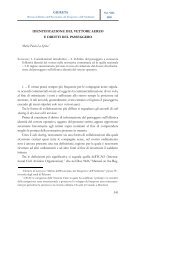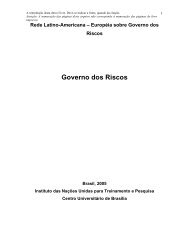YEARS OF EUROPEAN ONLINE ANNÉES DE EN LIGNE ...
YEARS OF EUROPEAN ONLINE ANNÉES DE EN LIGNE ...
YEARS OF EUROPEAN ONLINE ANNÉES DE EN LIGNE ...
You also want an ePaper? Increase the reach of your titles
YUMPU automatically turns print PDFs into web optimized ePapers that Google loves.
about 150 000 words organised in 115 000 synsets for 200 000 word-sense<br />
pairs. the wordNet technology primarily aims at linguistic support. As concepts<br />
are deined with natural language terms, no semantic deinitions exist in<br />
a formal language. the deinitions remain vague from a legal point of view.<br />
the motivation for the EurowordNet (EwN) ( 7 ) was the support of monoand<br />
cross-lingual information retrieval. Based on the Princeton wordNet technology,<br />
lexica for eight European languages were developed and connected by<br />
an interlingual index (ILI) (Vossen, 1993). within the EwN, the structure of the<br />
wordNet was supplemented with additional semantic–lexical relations and<br />
three top-level categories. the top level offers 63 semantic distinctions grouped<br />
into three types of entities. they can be accessed by the ILI and form together<br />
the common semantic framework for all European languages. the work on<br />
EwN was inished in 1999 but its framework has been continued by the Global<br />
wordNet Association, which builds on the results of Princeton wordNet<br />
and EwN and provides a worldwide platform for discussing, sharing and interconnecting<br />
wordNets. A standard conversion of the Princeton wordNet to<br />
RDf/OwL has been developed under the auspices of the w3C (wC3, 2006).<br />
the main task of the EU-funded eContent LOIS project (Lexical Ontologies<br />
for legal Information Sharing) was the building of a multilingual legal<br />
wordNet for the purpose of facilitating legal information retrieval. this approach<br />
faced the problem of lack of knowledge of a certain language that prevented<br />
users from formulating queries, and thus from inding relevant results,<br />
but also provided some support to lawyers having to cope with the EU’s linguistic<br />
challenge of 23 oficial languages. Using this framework assured compatibility<br />
of the LOIS wordNets with EwN, and allowed them to function as<br />
an extension of EwN for the legal domain. ten partners from six European<br />
countries (seven universities/research centres and three enterprises) participated<br />
in this project. within the approved project duration of 24 months — 2004<br />
to 2006, around 5 000 synsets were localised for each language involved. the<br />
LOIS project primarily aimed at providing easy access to European legal databases<br />
for legal experts as well as for lay people. further research was envisaged<br />
on improved techniques for information retrieval, on providing document<br />
standards (common XmL standard for the representation of legal documents),<br />
on the commercial use of public-sector information, on showcase applications<br />
( 7 ) the documentation is available at http://www.illc.uva.nl/EurowordNet/docs.html.<br />
01_2007_5222_txt_ML.indd 142 6-12-2007 15:14:03



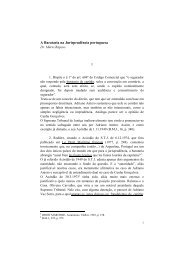
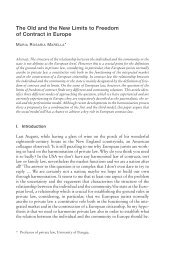

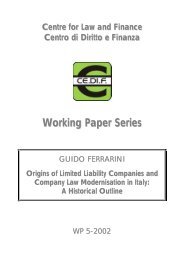
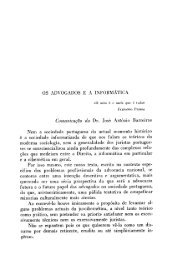
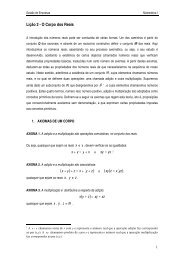
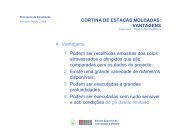
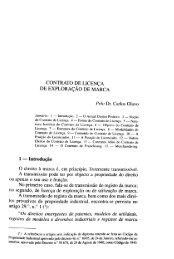
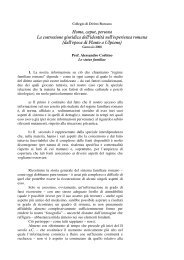
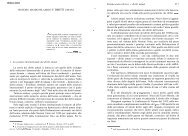

![Luigi Sapio Nozione di islām La parola “islām” [ ] è il mas.dar1 ...](https://img.yumpu.com/15836073/1/185x260/luigi-sapio-nozione-di-islam-la-parola-islam-e-il-masdar1-.jpg?quality=85)
